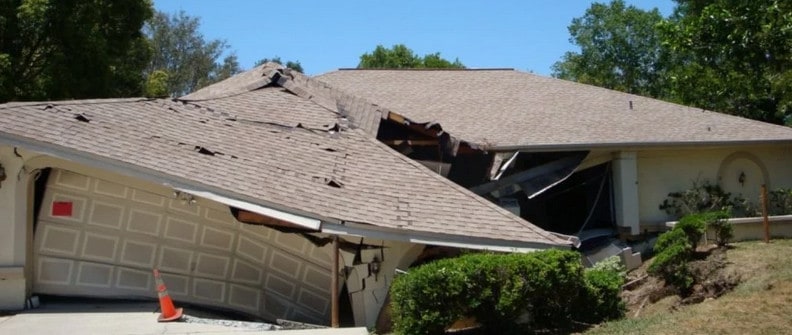Which Is The Best Underpinning Method?
Underpinning is a method used to fix a damaged foundation. Concrete underpinning is one of the oldest underpinning methods. It’s mainly used to strengthen and enlarge an existing foundation.
While this underpinning technique is still used today, there are other effective options available such as resin injection.
Although underpinning in Melbourne should only be done by qualified experts, it’ll help to know more about different underpinning techniques to assist you to make a better decision when comparing quotes.
When Is Underpinning Necessary?
There are several reasons that may weaken or damage a foundation such that it becomes unable to support a structure adequately. These reasons include:
- The existing foundation is faulty
- Nearby excavations that weaken the foundation
- Soil subsidence makes the foundation sink
- Natural causes such as earthquakes and flooding can weaken the foundation or move it
- Adding weight on top of a structure, such as adding another story, makes the foundation require reinforcement
The best underpinning technique to use will depend on the cause of the problem. In case the reason is adding a second story or the foundation is faulty, then soil subsidence wouldn’t be the cause of a weakened foundation.
In this case, concrete reinforcement would be the ideal method. In case the problem results from nearby excavation, then it’ll need a different concrete reinforcement method.
If the foundation is weakened or has moved as a result of soil subsidence, resin injection will be the ideal solution.
Once you get a soil test from a qualified geo-technical engineer, seek the services of an experienced structural engineer to assist you in deciding on the best underpinning technique for your situation.
Resin Injection Vs Concrete Underpinning
Structural engineers use several underpinning techniques. However, they work under the same principle. Concrete underpinning works by increasing the overall mass of an existing foundation, thereby making it stronger.
Concrete underpinning needs extensive excavation, especially around the foundation and sometimes beneath it.
Concrete underpinning is applied used two different techniques including:
- Mass underpinning- It involves excavating the area around an existing foundation or beneath it and pouring fresh concrete, thereby increasing its mass.
- Concrete pilings- It involves sinking concrete piles into the soil. The problematic foundation is then fixed to the sunk concrete piles, thereby reinforcing it for more stableness.
Resin injection tends to be simpler to use in a reactive soil. It doesn’t require a lot of excavation. Sometimes, excavation is not required at all. The resin is injected through bored holes around an existing foundation.
It’s then absorbed by the soil. As the resin dries, it expands, thereby binding with the surrounding soil and making it less reactive. The resin will also fill any existing voids under the foundation.
If your house is built on a sandy area or close to the beach, then a different method is recommended. In this case, soil grouting would be the best choice. It’s done like resin injection.
It involves pumping a polymer grout into the ground to bind granular soils such as sand together, thereby creating a stronger base on which the foundation sits.
Which Underpinning Technique Is Best For My House?
Concrete underpinning comes with the disadvantage of being a slow method. It requires a lot of excavation that takes a lot of time. However, it’s affordable for smaller projects.
The conditions of your property’s foundation may demand the use of concrete underpinning. On the other hand, resin injection boasts of being faster and less expensive.
However, the cost of resin injection may rise when using a large volume of the product. For instance, soil fissures can require the use of larger amounts of resin. Thus, its cost may end up being equivalent to that of concrete underpinning.
Regardless of the method you choose, ensure it will fix the solution such that your house won’t require subsequent underpinning sooner.
When comparing different quotes for an underpinning project, ensure the workmanship and products to be used are guaranteed.
Nevertheless, remember that hiring a contractor who guarantees their underpinning service is better than a cheap contractor.
Also read: Ultimate Guide to Underpinning



